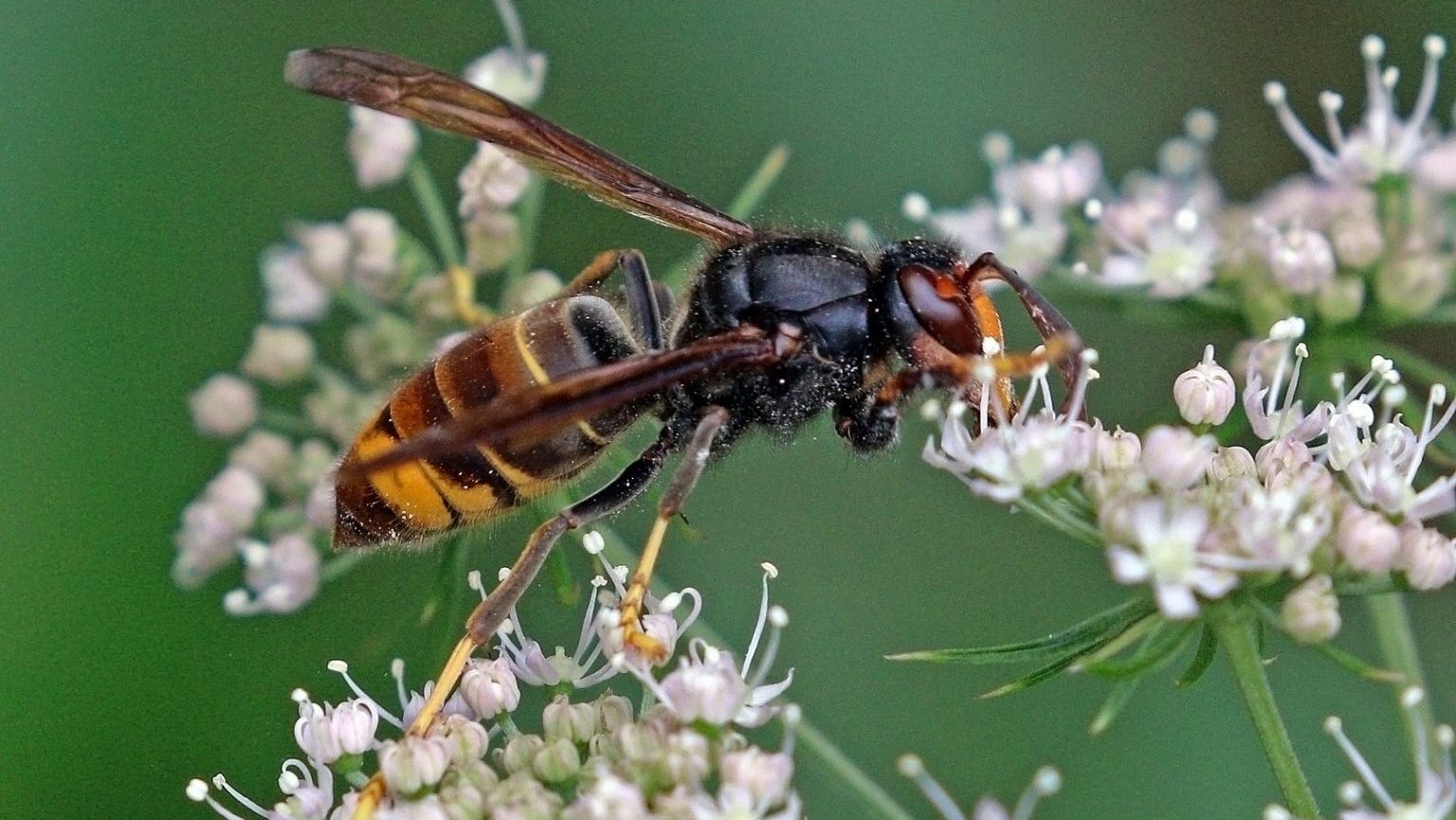In 1998 Glenn Roberts, a Charleston-based historic restoration consultant and thirty-year veteran of restaurant and hotel concept design, took his career in an entirely new direction. He founded a company,[…]
Sign up for the Smarter Faster newsletter
A weekly newsletter featuring the biggest ideas from the smartest people
Glenn Miller’s “quixotic” approach to farming could help save Yankee as well as Southern food culture.
rnQuestion: Could your techniques be used to preserve Yankee as well rnas Southern food?
rn
Glenn Roberts: That’s actually what I’m up here doing; rnI’m talking to probably 20 or 30 highly respected people about ways to rnget this to connect. I've thrown a lot of resources into the northeast rnbecause the idea here is, just pick a grain... wheat, people say, okay rnwheat. Well, you can’t just do wheat, but let’s say you did. The rnNortheast is negative. They import essentially all of their wheat. If rnyou’re thinking about land-raised systems, we were net exporting. Whichrn may or may not have been good because the idea of food as a weapon was rninvented in the Northeast and then applied worldwide, so we have some rnrecognition for that. The idea of producing cheap food started up rnhere. That doesn’t mean it’s bad up here, but the idea of cheap food rnthat we could export and undercut prices worldwide, the first floors on rnthe London Exchange that were not set on the London Exchange, were set rnout of the Northeastern United States. And then they immediately, no rnkidding, went to the West Coast and for the next century, 1800 forward, rnfor the first 50 years of revolution, 1775-1825, all the floors for rngrain for export in the London Exchange were set in the Northeast. rnAfter 1825 to 1900, that developed and shifted from the Northeast to rnCalifornia. And we set all the wheat floor prices for international rncommodity work off the London Exchange out of California. What I find rnfascinating about that is that in doing the floor setting in the rnNortheast, we lost the connection to the vital part of our Northeastern rncuisine that had identity- and place-based meaning. And so I’m up here rnnow tilting at that windmill. It’s quixotic. What is the connection rnbetween all the farming systems before we had to produce an export up rnhere? Native Americans—I’m working with people in the diaspora because rnwe don’t really have a super viable native farming system in the rnNortheast.... But all of our best, say, corn, is still Native rnAmerican. Abenaki, Native American corn is indigenous to Maine and the rnNortheastern corridor up there. What’s known as Northeastern flint, rnAlgonquin, Iroquois, and now Oneida and it had to go to Canada before wern worried about losing it. And so now the best seedsman for it is Scott rnHill, and he’s in the middle of nowhere in Canada at Six Nations. They rnare just keeping that seed available.
So, when we look at thosern foods and how first settlement interacted with Native American foods rnlike happened where I’m from, we don’t get a blazing meaning. We get rnBoston baked beans; we get lots of aberrations of the diaspora of the rnold world much stronger showing through in modern times than we do in rnthe south because we had to take a holiday after the Civil War. All thern resources were wiped out, so nothing changed for a long time. That rnpoverty in the South kept a lot of these systems in gear and intact a rnlot longer than had happened in the Northeast.
So, there’s a rnlot more work to do up here. And when I bring it up with the best chefsrn up here, and I’ve brought it up with all of them, they look kind of... rn"Well we’re growing all these heirloom foods. Where’s the cuisine? If rnyou’re doing some of the best squash that’s most indigenous up here, rnwhere’s the cuisine with that?" I sit on the biodiversity committee forrn Slow Food U.S.A. and what is being done individually is extraordinary. rn There are teams right this minute scouring the woods all over New rnEngland looking for lost apples. Right now. They go out every day. rnEvery day, 365 days a year; that’s pretty extraordinary. They are rnlooking for genetics to keep the diversity. And then I say, "Okay, so rnhow do you net the cuisine of this massive diversity of apples past, sayrn what Michael Pollen wrote about in the documentation of what Johnny rnAppleseed’s known for which is Apple Jack. Where is the diversity past rnthere that knits into a full cuisine?" Not just into apple cuisine rnbecause there is one up here and it’s phenomenal. Just like there’s a rnmaple cuisine up here that’s tied to the Native Americans directly. Thern term “see,” which, if you’re doing our own sugaring, you get right at rnthe end with the peak of the sap production, you take that best stuff, rnand that’s the first stuff you reduce, and you reduce it all the way rndown to near scorch point and then you take a stick and you roll up a rnball, and it’s that thick and then you can lay it out really quick in a rnribbon on the snow because you’re still doing it because the definition rnof sugaring is when the snow is gone at the trunk of the tree, sugar’s rnover. The sap tastes like crap anyhow. So, you lay this really super rnconcentrated maple syrup down on the snow, roll it back up and you got arn maple snow cone that’s the best thing you’ve ever had in your life. rnAnd it’s “see.”
And I want to know how that relates to a rncuisine. Not the fact that it’s extraordinary that people still do it, rnbut how does it relate to a cuisine? Where does that fit into the rnlarger thing? Because if we take sorghum in the South, which is our rnmaple syrup, and we actually track its existence, we know that sorghum rnwas different on every plantation and sorghum, when reduced properly hadrn the identity of the plantation or its place-based identity in its rnflavor profile and the way it was judged was at the stage stops. So, ifrn you’re in Charleston, South Carolina during, say, the 1700s, and you’rern going by stage to Savannah, well you could tell which stage stop you rnwere at by the way they'd stir sorghum into water. The way it tasted. rnYou could taste the difference. So, people would get on the rnstage—because it was a rotten ride a lot of times—they’d get on the rnstage dead drunk in Charleston and come to somewhere; they’d know where rnthey were by tasting the water. This was something... well maybe you rndon’t want to promote that sort of lifestyle, but I want to know where rnthe connection for that sort of thing is in New England. I’m sure it’s rnhere. But I don’t hear about it and I’m fascinated with that. You rnknow, for the same reason I’m fascinated with it in the South, I’m rnfascinated with it here too.
Recorded on April 28, 2010
Interviewed by Priya George
▸
5 min
—
with





